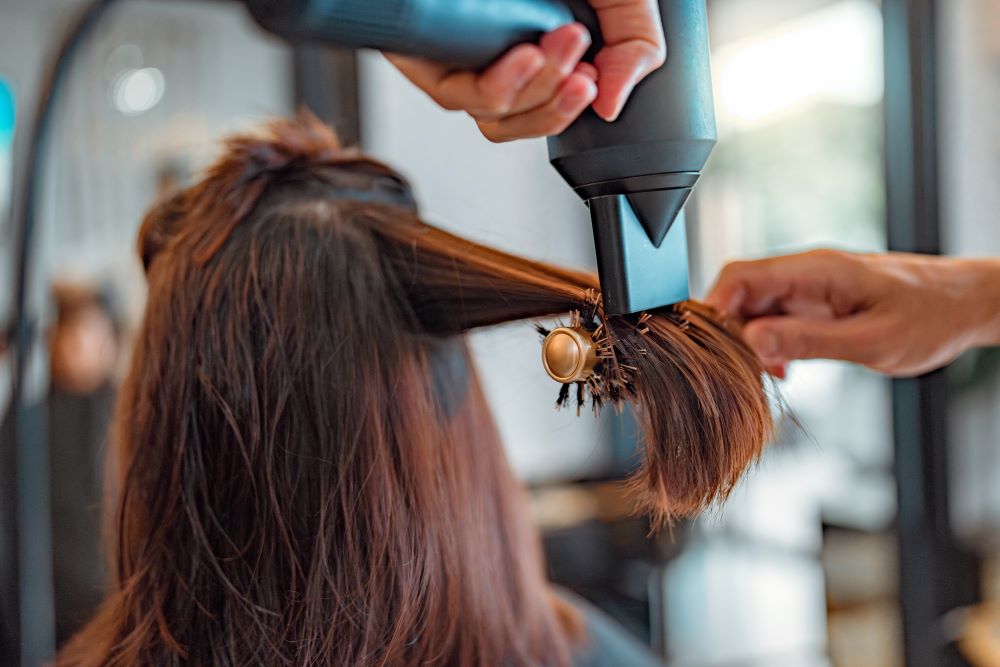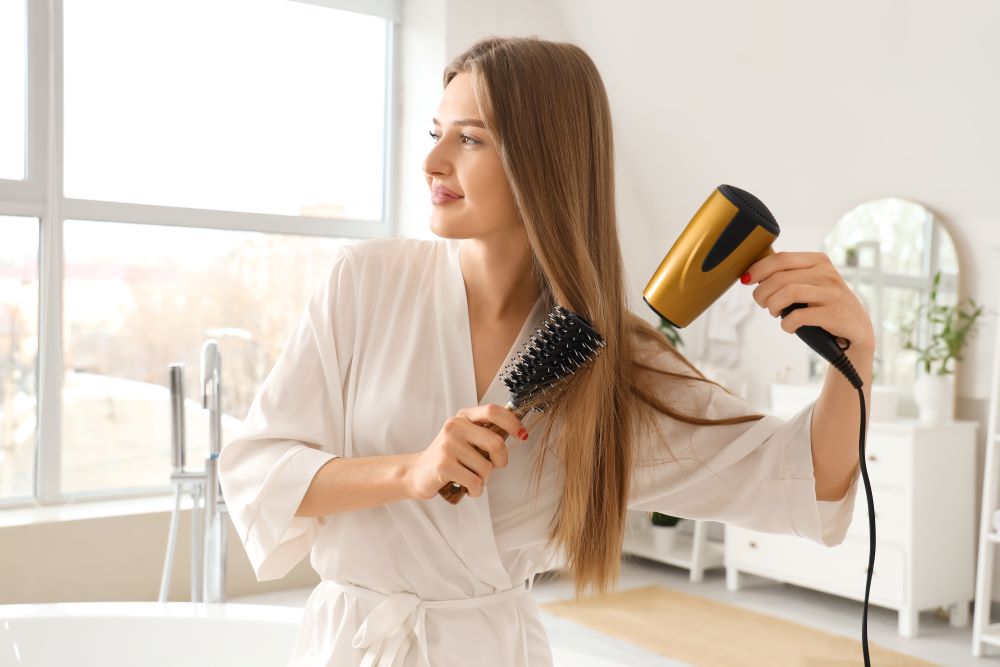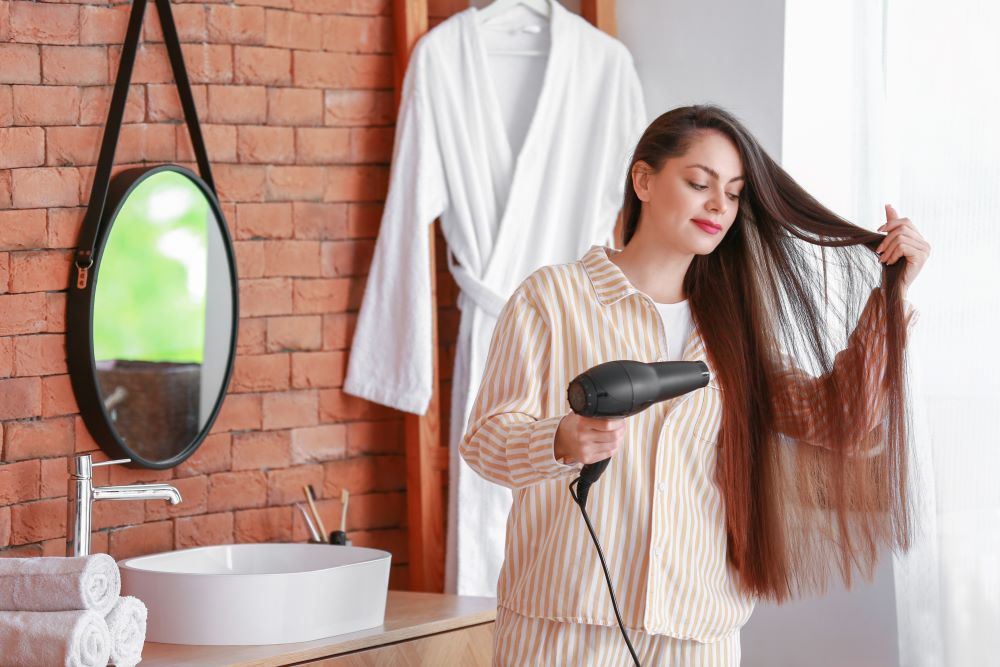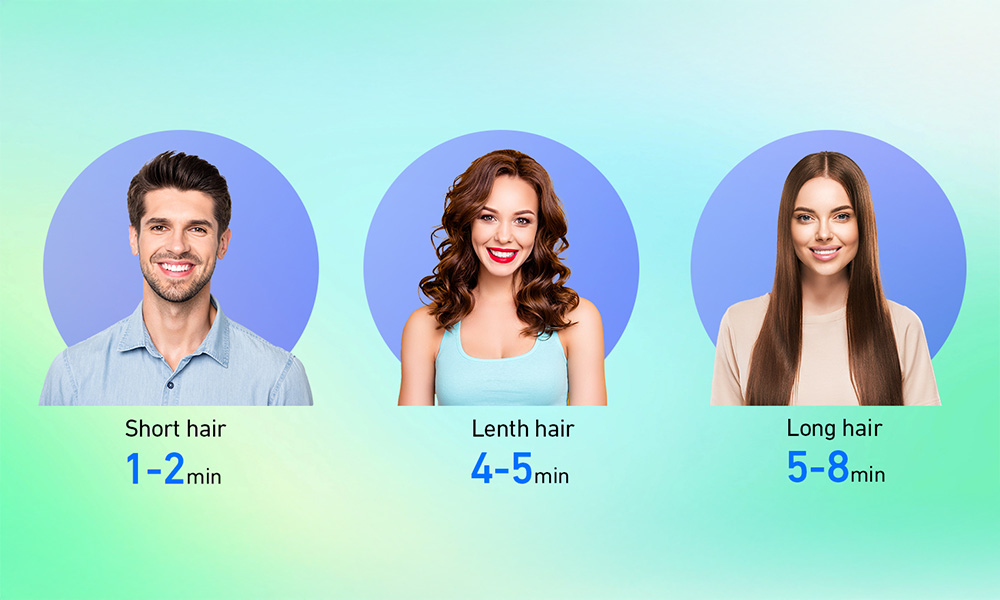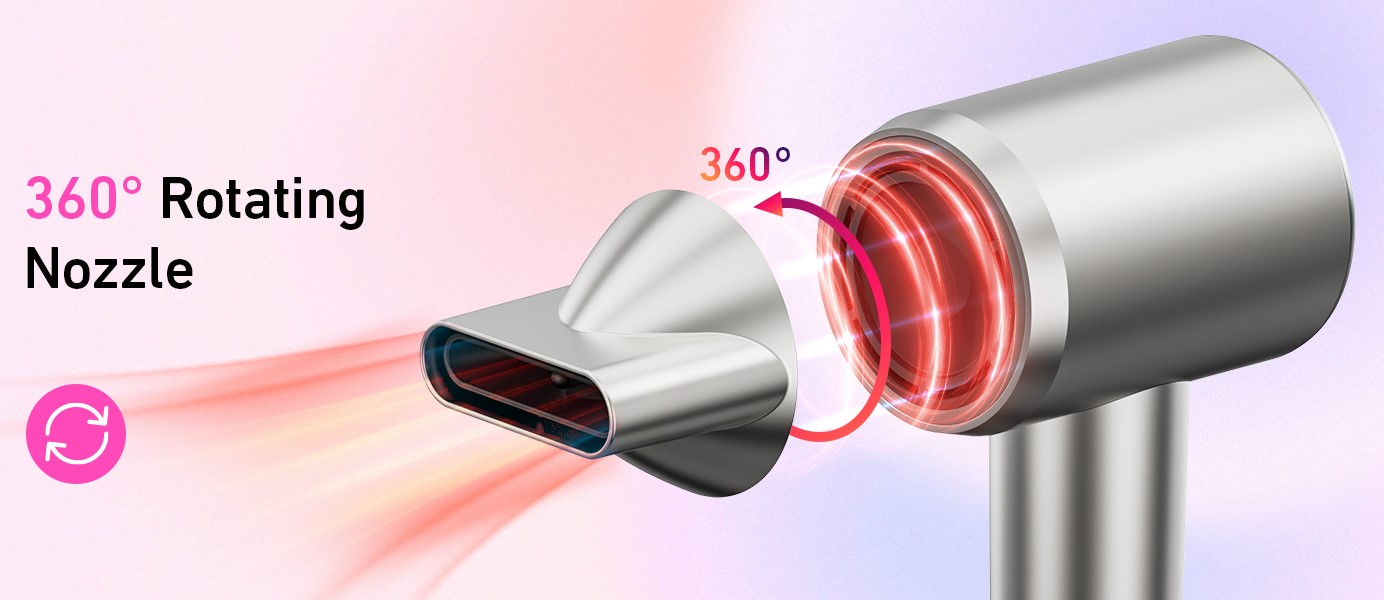
- Home
- Hair Dryer
- Hair Care Tips
- How to Care for Hair: A Comprehensive Guide
How to Care for Hair: A Comprehensive Guide
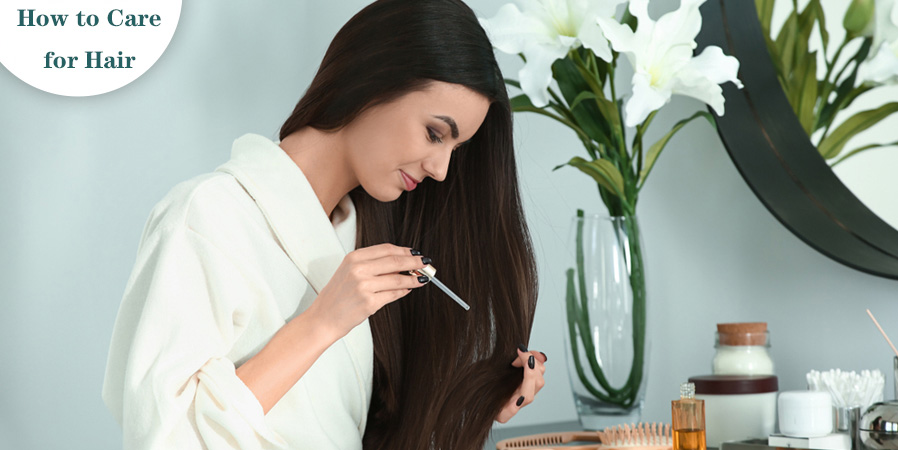
Caring for your hair involves more than just washing it. Proper hair care ensures your hair stays strong, healthy, and shiny, while also reducing the risk of breakage and other hair-related issues. This detailed guide will walk you through everything you need to know about how to care for hair, from understanding your hair type to adopting effective hair care routines.
1. Understanding Your Hair Type
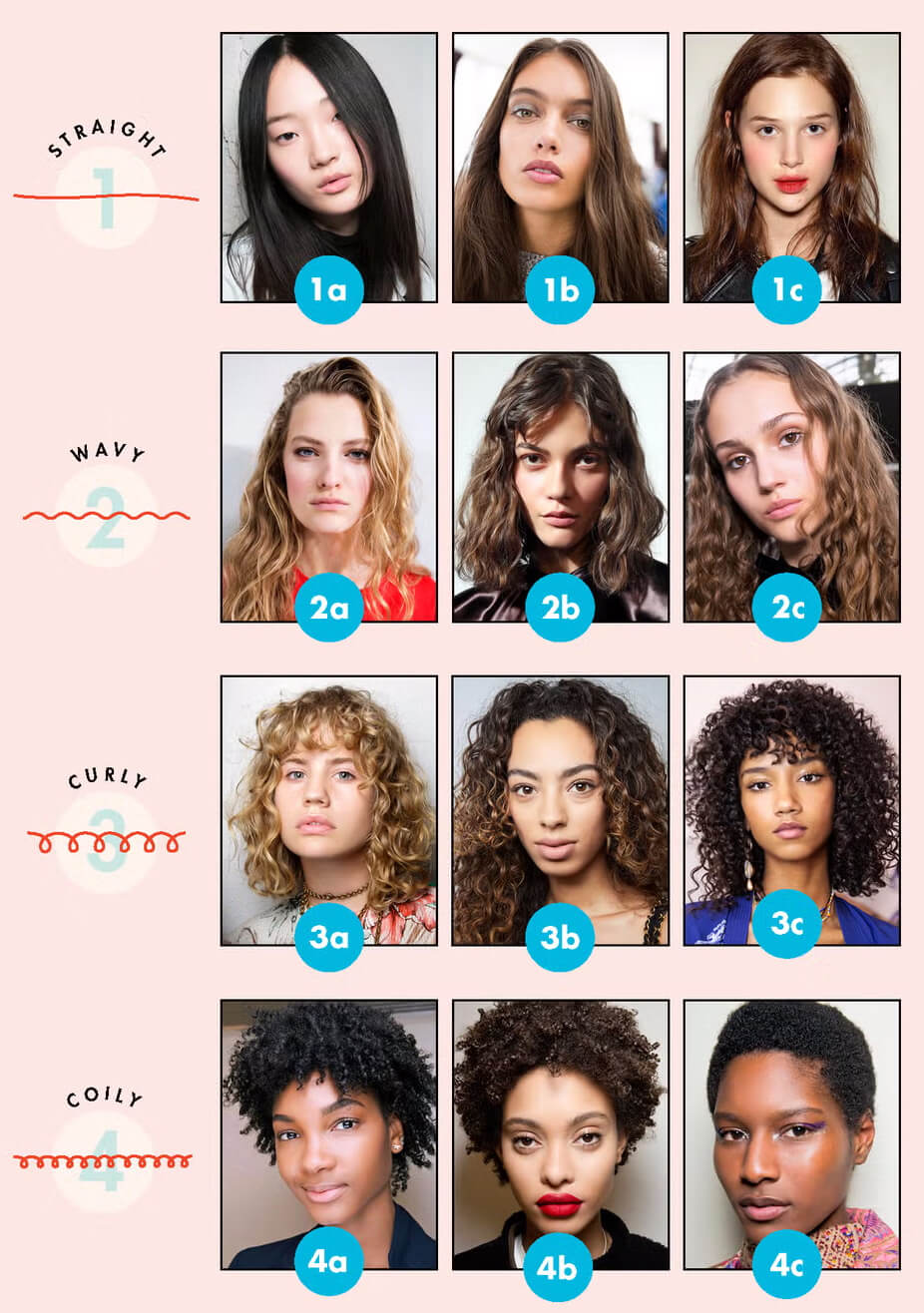
The first step to proper hair care is understanding your hair type. Everyone’s hair is different, and the products and routines that work for one person might not work for another. Hair types are typically categorized based on texture, thickness, and oil production.
Hair Textures
Hair textures can be broadly categorized into:
Straight Hair: Smooth and shiny but can get oily quickly.
Wavy Hair: Falls somewhere between straight and curly, often prone to frizz.
Curly Hair: Tight curls that can be more prone to dryness and frizz.
Coily Hair: Tight, small curls that need lots of moisture and care to avoid breakage.
Hair Thickness
Hair can be classified into three thickness levels:
Fine Hair: Very thin and delicate, prone to breakage.
Medium Hair: The most common thickness type, neither too fine nor too thick.
Thick Hair: Dense and heavy, often requiring more effort to manage.
Knowing your hair type helps in choosing the right products and care methods to maintain healthy hair. For example, if you have fine hair, you may need lightweight products to prevent your hair from becoming weighed down, while thick or curly hair will benefit from richer, moisture-focused products.
2. Importance of a Balanced Hair Care Routine
A balanced hair care routine is essential for maintaining the health of your hair. A good routine typically consists of cleansing, conditioning, moisturizing, and protecting. Here’s how to break it down:
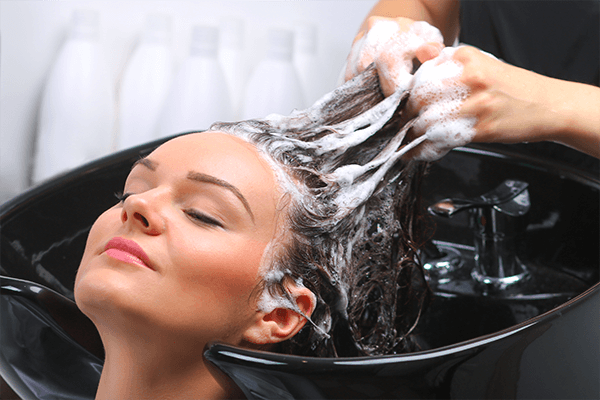
Cleansing: How Often Should You Wash Your Hair?
How often you wash your hair depends on your hair type and lifestyle. Washing too frequently can strip the hair of its natural oils, leading to dryness and breakage, while washing too infrequently can cause scalp buildup and clogged follicles.
For oily hair, you may need to wash more frequently, around 3-4 times a week.
For dry or curly hair, washing 1-2 times a week is often sufficient to retain moisture.
For normal hair, washing every 2-3 days is a good middle ground.
When choosing a shampoo, look for one that suits your hair type. For example, clarifying shampoos work well for oily hair but can be too drying for fine or color-treated hair. Gentle shampoos with moisturizing properties work better for dry or frizzy hair.
Conditioning: Why It’s Non-Negotiable
Conditioning is crucial for keeping your hair soft, manageable, and hydrated. After washing your hair, always apply a conditioner that suits your hair type. Conditioning helps seal in moisture, reduce frizz, and make detangling easier. Leave-in conditioners can provide additional moisture throughout the day, especially for dry or curly hair.
Deep Conditioning: Treating Your Hair to Extra Care
Deep conditioning treatments are especially beneficial for people with dry, damaged, or curly hair. These treatments should be done once a week or bi-weekly, depending on the state of your hair. Look for masks with ingredients like keratin, coconut oil, and argan oil, which help repair and moisturize hair from within.
3. Protecting Your Hair from Heat and Environmental Damage
Hair is vulnerable to damage from heat styling, UV exposure, pollution, and even cold weather. Protecting your hair from these external factors is key to keeping it healthy and preventing breakage.
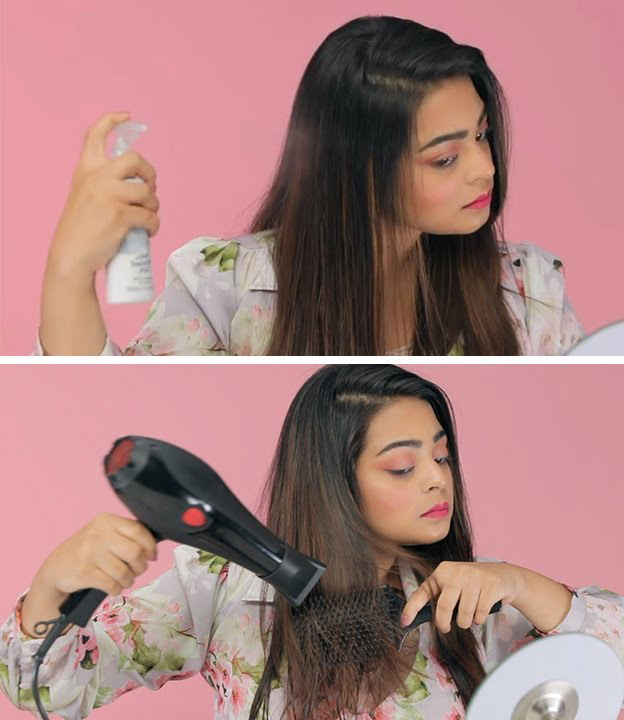
Heat Protection: A Must for Styling
If you regularly use tools like blow dryers, straighteners, or curling irons, a heat protectant spray is essential. These products form a barrier between your hair and the heat, minimizing damage. Always set your styling tools to the lowest effective temperature to avoid frying your strands.
For healthier alternatives, consider air drying your hair whenever possible or using a low-heat blow dryer. Opt for ionic hair dryers, which help dry hair faster while preventing heat damage by emitting negative ions that reduce frizz and enhance shine.
UV Protection: Don’t Forget Your Hair
Much like your skin, your hair can be damaged by prolonged sun exposure. UV rays can cause your hair to become dry, brittle, and faded. You can protect your hair by wearing a hat when spending long periods outdoors or using products that contain UV filters.
Protecting Hair in Harsh Weather
Cold weather can dry out your hair, making it more susceptible to breakage. To combat this, apply leave-in conditioners or hair oils during the winter months to keep your hair hydrated. Humidity can also cause frizz, especially for curly and wavy hair types. Anti-frizz serums and oils can help to control the frizz by sealing the hair cuticle and adding extra moisture.
4. Hair Care Products: Choosing What’s Right for You
The world of hair care products can be overwhelming, but choosing the right products is essential for healthy hair. Different hair types have different needs, so it’s important to select products that address your hair’s specific challenges.
Shampoos and Conditioners
As mentioned earlier, shampoos should be selected based on your hair type. A few key tips:
Clarifying shampoos: Best for oily or product buildup-prone hair.
Moisturizing shampoos: Ideal for dry, damaged, or color-treated hair.
Sulfate-free shampoos: These are gentler and don’t strip the hair of its natural oils.
Volumizing shampoos: Great for fine hair, adding body without weighing it down.
Hair Oils
Hair oils are fantastic for locking in moisture, promoting shine, and smoothing the hair shaft. Argan oil, coconut oil, and jojoba oil are among the most popular. These oils can be applied to wet or dry hair, depending on the type of nourishment your hair needs.
Styling Products
There’s a wide range of styling products available, from mousses and gels to creams and sprays. When choosing styling products, avoid those with high alcohol content, as they can dry out your hair. For frizzy hair, serums and creams can help smooth down your hair and keep it shiny.
5. Hair Care for Specific Hair Concerns
Different hair concerns require specialized care. Whether you’re dealing with hair loss, dandruff, or split ends, addressing these issues promptly can prevent further damage.
Preventing Hair Loss
Hair loss can be caused by a variety of factors, including genetics, stress, and poor nutrition. Strengthening hair from the root is important for preventing further loss. Biotin supplements, scalp massages, and using products that promote circulation can help improve hair growth and thickness.
Combatting Dandruff
Dandruff is often caused by dry skin or an overproduction of oil on the scalp. Using a medicated anti-dandruff shampoo containing ingredients like zinc pyrithione or ketoconazole can help clear dandruff. Moisturizing your scalp with oils like tea tree or peppermint oil can also help reduce flakes.
Treating Split Ends
Split ends occur when the hair becomes damaged and frayed at the tips. Regular trims are the best way to get rid of split ends. Additionally, applying serums and oils to the ends of your hair can help prevent them from splitting in the first place.
6. Healthy Hair Habits to Adopt
In addition to using the right products, there are several healthy hair habits you can adopt to maintain the health of your hair.
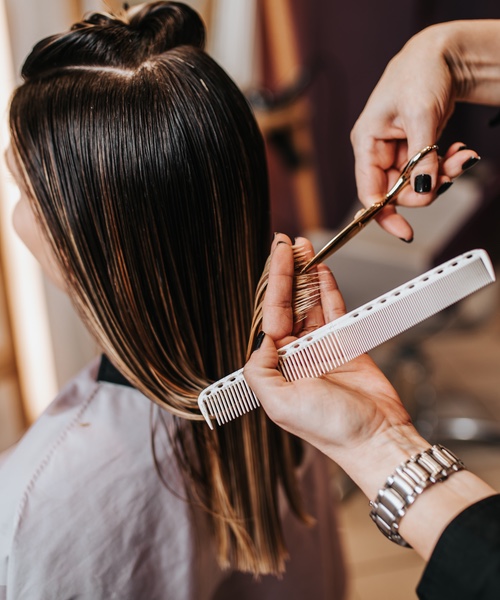
Regular Trims
Getting your hair trimmed every 6-8 weeks can help prevent split ends and keep your hair looking healthy and fresh. Even if you’re growing your hair out, regular trims prevent breakage and allow your hair to grow stronger.
Avoiding Tight Hairstyles
While ponytails and braids are convenient, wearing them too tight can cause tension and lead to breakage or even hair loss. Try to vary your hairstyles and avoid using rubber bands or hair ties that are too tight on your scalp.
Eating a Balanced Diet
Your diet plays a crucial role in the health of your hair. Eating foods rich in vitamins and minerals, such as leafy greens, eggs, nuts, and fatty fish, can promote hair growth and strength. Foods high in omega-3 fatty acids, biotin, and vitamin E are particularly beneficial for maintaining healthy hair.
7. Myths About Hair Care
With so much information out there, it’s easy to fall for common hair care myths. Here are a few to watch out for:
Myth: Washing your hair every day is necessary. In reality, washing too frequently can strip the hair of natural oils, leading to dryness.
Myth: Cutting your hair makes it grow faster. While trimming prevents split ends, it doesn’t affect how fast your hair grows.
Myth: Brushing your hair 100 times a day makes it shinier. Over-brushing can actually lead to breakage and damage.
8. The Benefits of Air Drying vs. Blow Drying
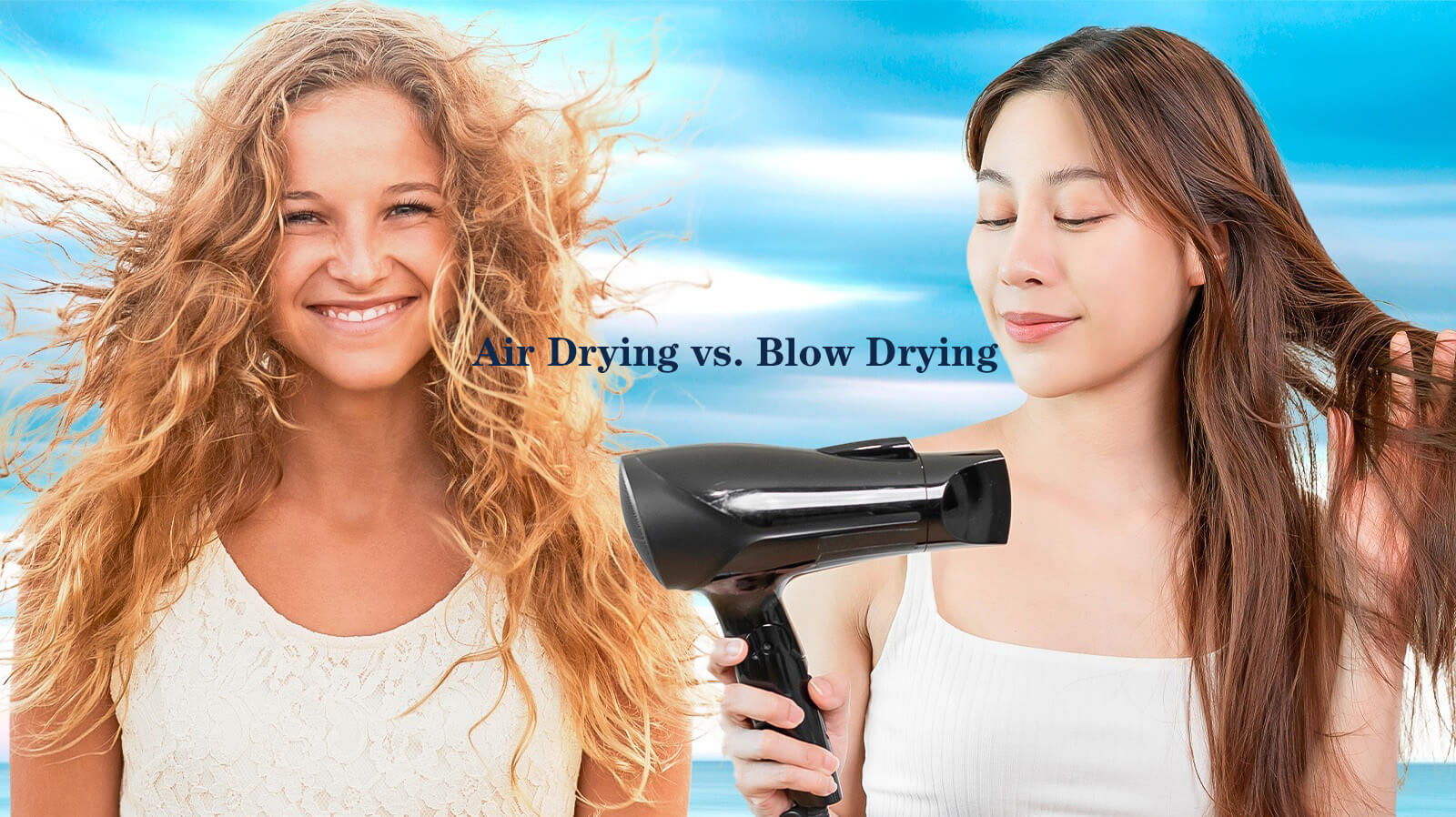
There’s an ongoing debate about whether air drying or blow drying is better for your hair. The truth is, both methods have their advantages, but it depends on how they’re done.
Air Drying
Air drying is a gentler method since it avoids the use of heat. It’s a great option if you want to avoid potential damage from blow drying, but you’ll need to ensure that your hair is properly hydrated with leave-in conditioner or serum to avoid frizz.
Blow Drying
Blow drying, when done correctly, can actually be beneficial for certain hair types. Use a heat protectant spray and opt for a cool setting to reduce heat damage. Blow drying your hair can help to seal the cuticle, reducing frizz and making your hair appear shinier.
9. Conclusion
Caring for your hair is about understanding your specific needs and finding a routine that works for you. By using the right products, adopting healthy habits, and protecting your hair from damage, you can ensure your hair remains healthy, strong, and shiny for the long term.
Popular Post

Ultimate Guide to Using a Hair Dryer with Nozzle for Styling
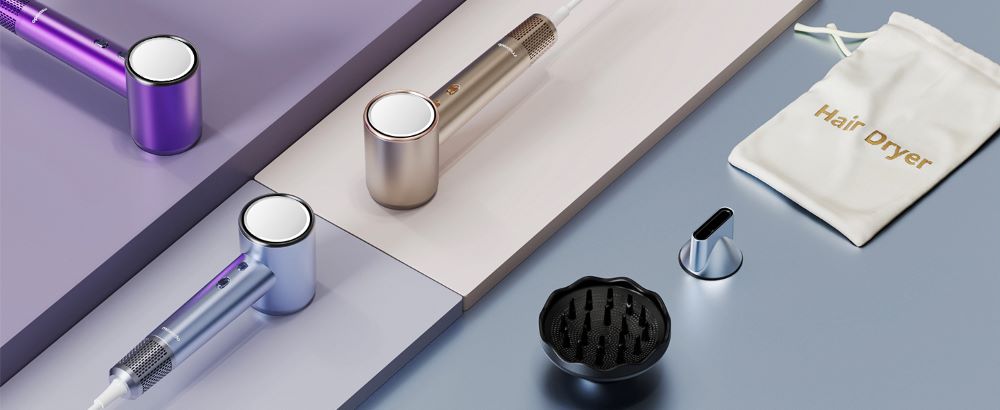
The Benefits of Using a Hair Dryer with a Diffuser
